The fields and forests around Château-Thierry in northern France witnessed some of the fiercest fighting of World War I. Here, the 2nd Infantry Division and U.S. Marines battled tenaciously to recapture strategic villages and turn the tide of the German offensive. Monuments and cemeteries stand as solemn reminders of the heavy sacrifices made by American troops, while the remnants of Belleau Wood offer a visceral glimpse into the intensity of the combat. Beyond the harrowing accounts, this historic landscape reveals deeper insights into the human experience of this pivotal campaign that helped secure the Allies’ eventual victory.
Just The Basics

- The Battle of Belleau Wood was a critical engagement in the Second Battle of the Marne, with American forces playing a pivotal role in securing victory.
- The 2nd Infantry Division and Marines fought fiercely to retake the village of Bouresches, demonstrating the bravery and discipline that earned them the ‘Devil Dogs’ moniker.
- The physical remnants of the battle, such as foxholes and shell-pocked trees, provide a tangible connection to the intense fighting that unfolded in Belleau Wood.
- The Aisne-Marne American Cemetery honors the American forces who made the ultimate sacrifice, with the grave of Lieutenant Osborne serving as a symbol of their bravery.
- The German Cemetery offers a panoramic view of the battlefield, allowing visitors to contemplate the immense human toll of the war on both sides.
Lucy-le-Bocage Village and 2nd Division Monument
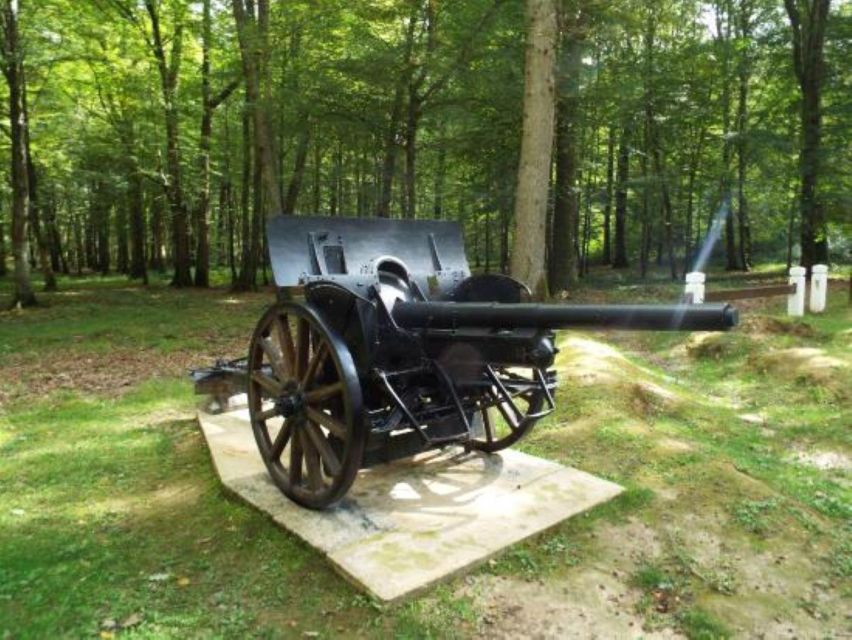
As one approaches Lucy-le-Bocage, they’ll find the 2nd Division monument standing as a testament to the sacrifices made by American forces in this historic village.
The monument, dedicated in 1930, honors the actions of the 2nd Infantry Division during the Belleau Wood campaign.
Visitors can walk through the peaceful village streets, imagining the fierce fighting that occurred here in June 1918 as Marines and soldiers battled to secure the area.
The monument provides a somber reminder of the bravery and determination of the American troops, who fought tenaciously to push back the German forces and secure this critical ground near Château-Thierry.
You can also read our reviews of more tours and experiences in Chateau Thierry.
Bouresches Village and Marine Heroism

From Belleau Wood, visitors can next explore the nearby village of Bouresches, where the U.S. Marine Corps’ bravery and heroic actions unfolded during the battle.
The Marines’ attack on Bouresches on June 6, 1918 was a critical step in securing this strategic location near Château-Thierry. Visitors can learn about the intense fighting and the Marines’ determination to push back the German forces and take control of the village.
Despite heavy casualties, the Marines prevailed, demonstrating the resolve and discipline that earned them the nickname ‘Devil Dogs’ from their German opponents. The village’s remnants and memorials serve as a poignant reminder of the Marines’ sacrifice and triumph in this pivotal battle.
Exploring Belleau Wood’s Battlefield Remains
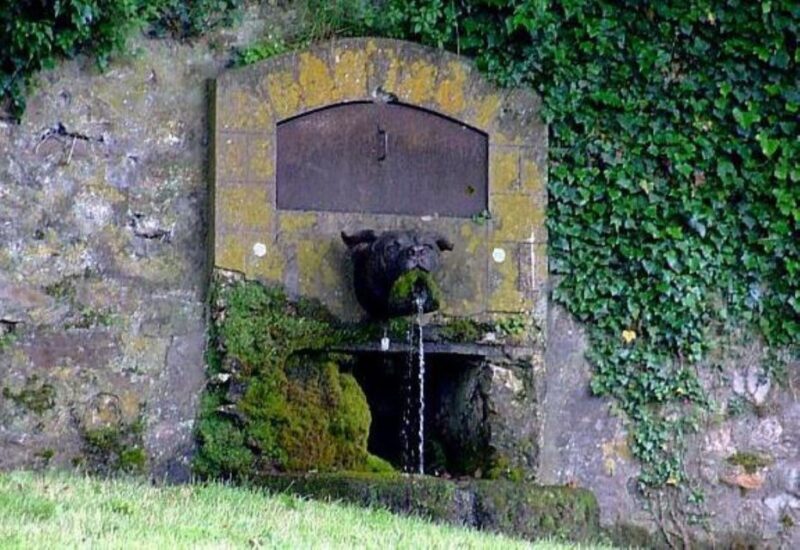
Visitors traversing Belleau Wood can discover the evocative remnants of the battle that raged here in 1918. Exploring these physical vestiges offers a visceral understanding of the sacrifices and triumphs that took place in this iconic World War I engagement.
Foxholes and trenches dot the landscape, providing a tangible connection to the fierce fighting that unfolded as the U.S. Marine Corps battled to wrest control of this strategic forest from the German forces.
The scars of the battle are visible in the shell-pocked trees and churned earth, a sobering reminder of the intensity of the combat. Traversing these historic grounds, visitors gain a deeper appreciation for the heroism and determination of the Marines who fought to secure victory in this critical campaign.
Aisne-Marne American Cemetery and Lieutenant Osborne
The Aisne-Marne American Cemetery stands as a solemn tribute to the American forces who made the ultimate sacrifice during the Battle of Belleau Wood and the Second Battle of the Marne. Nestled amidst the rolling hills near Château-Thierry, this hallowed ground honors the memory of Lieutenant Osborne, a fallen hero whose grave serves as a poignant reminder of the profound cost of war.
Visitors to the cemetery can:
- Pay their respects at the grave of Lieutenant Osborne, a symbol of the bravery and sacrifice of the American troops.
- Reflect on the immense scale of the conflict, as row after row of pristine white headstones stretch out across the serene landscape.
Visitors can also gain a deeper understanding of the pivotal role the Battle of Belleau Wood played in the Allied victory of the Second Battle of the Marne.
More Great Thing To Do NearbyGerman Cemetery and Panoramic Battlefield View
Adjacent to the Aisne-Marne American Cemetery lies the German Cemetery, offering visitors a panoramic view of the battlefield.
From this vantage point, one can survey the strategic landscape that witnessed the fierce clashes between Allied and German forces during the Battle of Belleau Wood and the Second Battle of the Marne.
The well-maintained German Cemetery stands as a somber reminder of the immense human toll of the war. Rows of identical white crosses mark the final resting place of thousands of German soldiers.
Visitors can take in the sweeping vista, contemplating the sacrifices made by both sides on these hallowed grounds. This site provides a powerful opportunity to reflect on the true cost of the conflict that unfolded here.
Hill 204 and Croix Rouge Farm
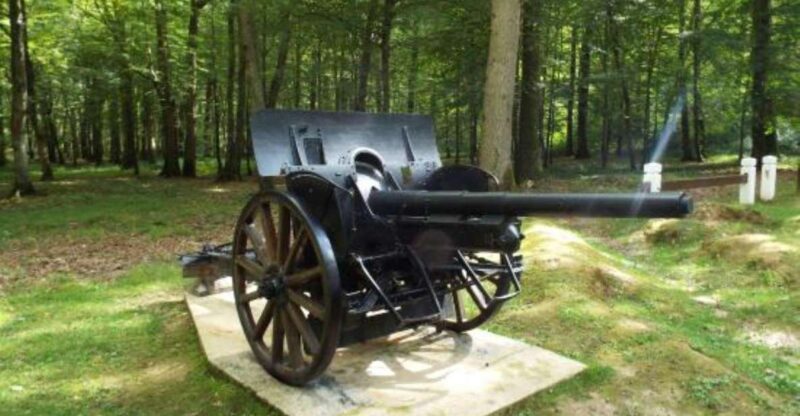
Leaving the German Cemetery and its panoramic view behind, one can explore the strategic importance of Hill 204 and the fortified Croix Rouge Farm, key sites that played a pivotal role in the Second Battle of the Marne.
The interpretive center at Hill 204 provides insight into the crucial hilltop’s control, which allowed for observation of the surrounding battlefield. Visitors can then tour the remains of Croix Rouge Farm, where the 42nd Division launched a fierce attack.
The site offers a glimpse into the intense fighting that took place, with evidence of the farm’s fortified defenses still visible. Understanding these strategic locations is essential for comprehending the complexity of the Second Battle of the Marne.
Oise-Aisne American Cemetery and Joyce Kilmer
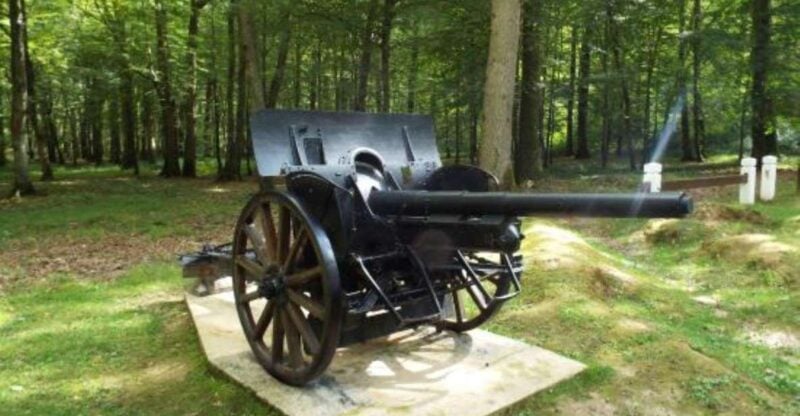
Visitors can stop at the Oise-Aisne American Cemetery, where they’ll find the grave of Joyce Kilmer, the renowned poet who served with the 165th Infantry Regiment of the 42nd Division.
Kilmer, best known for his poem ‘Trees,’ was killed in action during the Second Battle of the Marne in July 1918.
The cemetery contains over 14,000 American war dead from World War I, making it one of the largest American cemeteries in Europe.
Visitors can pay their respects at Kilmer’s final resting place and reflect on the sacrifices made by the soldiers who fought in this pivotal battle.
Quentin Roosevelt Fountain and Roosevelt Family
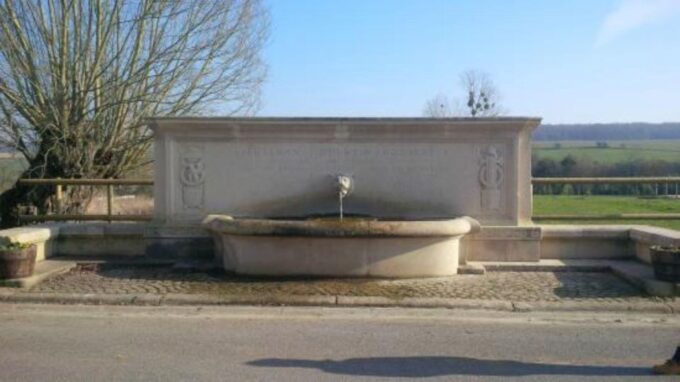
The Roosevelt family erected the Quentin Roosevelt Fountain in memory of their son, Quentin Roosevelt, who was killed in action during the First World War. The fountain stands as a poignant tribute to the sacrifices made by the Roosevelt clan and serves as a solemn reminder of the heavy toll the war took on prominent American families.
The fountain offers visitors a chance to reflect on the following:
- Quentin Roosevelt’s bravery and ultimate sacrifice for his country.
- The grief and resilience of the Roosevelt family in the face of such a profound loss.
- The enduring legacy of the Roosevelt name and its connection to the First World War.
Frequently Asked Questions
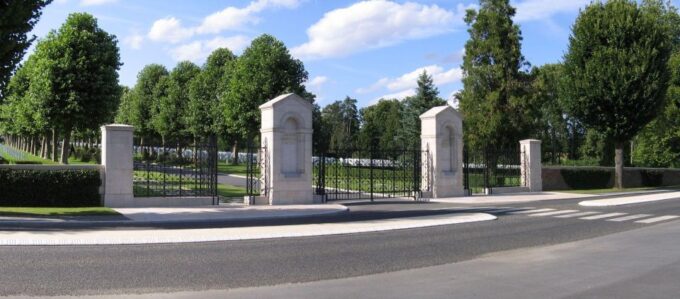
What Were the Major German Offensives During the Second Battle of the Marne?
The major German offensives during the Second Battle of the Marne were the Ludendorff Offensives, which aimed to break through the Allied lines and capture Paris. However, the offensives were ultimately repelled, leading to a decisive Allied victory.
How Did the American Intervention Affect the Course of the Battle?
The American intervention halted the German advance and turned the tide of the battle. Their bravery and skill proved decisive, helping the Allies regain momentum and ultimately defeat the German forces at the Second Battle of the Marne.
What Role Did New Military Technologies Play in the Fighting Around Belleau Wood?
New military technologies like machine guns, flamethrowers, and mortars gave the Allies a key advantage over the Germans in the fighting around Belleau Wood, helping the Marines repel German attacks and eventually secure victory in the battle.
How Did the French Army Contribute to the Eventual Allied Victory?
The French army played a crucial role in the Allied victory, providing experienced soldiers, advanced tactics, and strategic leadership that helped turn the tide against the German offensive at the Second Battle of the Marne.
What Was the Significance of the American Cemeteries in the Region?
The American cemeteries in the region commemorate the sacrifices of U.S. soldiers who fought and died in pivotal battles, like Belleau Wood and the Second Battle of the Marne. They serve as solemn reminders of America’s contributions to the Allied victory.
Sum Up
The battles of Belleau Wood and the Second Battle of the Marne left an indelible mark on the region around Château-Thierry.
The sacrifices of American troops, exemplified at Lucy-le-Bocage and Bouresches, are commemorated in the monuments and cemeteries that dot the landscape.
Exploring the battlefield remnants offers a sobering reminder of the intensity of the combat, while the final resting places of the fallen serve as poignant memorials to the immense human toll of the conflict.
You can check if your dates are available here: